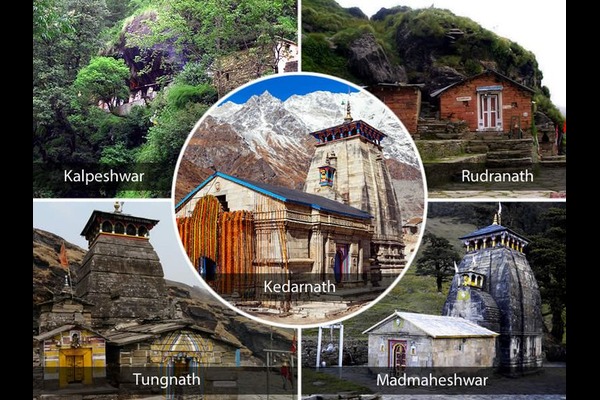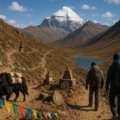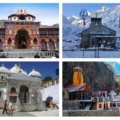A Sacred Call from the Himalayas
Deep in the Garhwal Himalayas, where mist clings to rugged peaks, lie the Panch Kedar—five ancient temples dedicated to Lord Shiva. Kedarnath, Tungnath, Rudranath, Madhyamaheshwar, and Kalpeshwar aren’t just holy sites; they’re a testament to faith, grit, and the wild beauty of the mountains. This isn’t a journey for casual travelers—it’s for those who crave adventure, seek meaning, and are ready to let the Himalayas work their magic on their soul.
What is Panch Kedar?
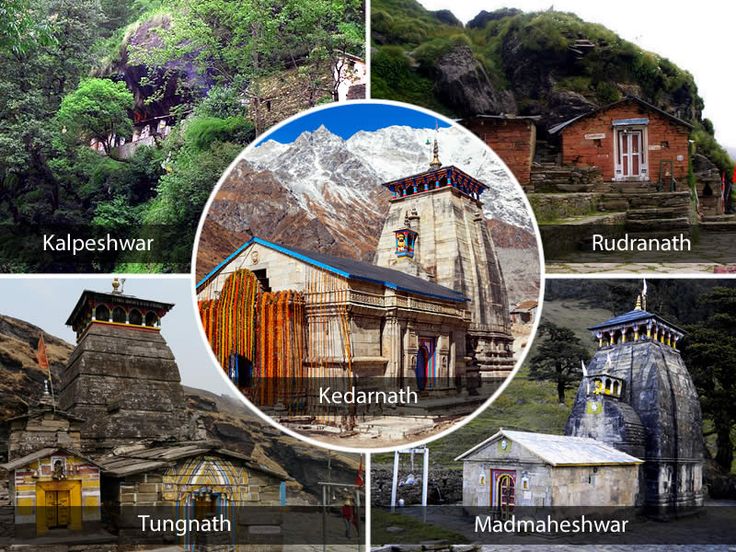
Tucked away in Uttarakhand’s remote valleys, the Panch Kedar temples carry a story straight out of the Mahabharata. After the bloody Kurukshetra war, the Pandavas chased Lord Shiva’s forgiveness. He wasn’t easy to find—disguised as a bull, he slipped into the earth, only for parts of his form to reappear at five sacred spots. Those spots became the Panch Kedar, each one a place where devotion meets the raw power of nature.
The Five Temples of Panch Kedar
1. Kedarnath – The Hump of the Bull

Altitude: 3,583 meters
Best Time to Visit: May to October
How to Reach: 16 km trek from Gaurikund
Significance: Kedarnath is the heart of the Panch Kedar, where Shiva’s bull form left its hump. This massive stone temple, one of the twelve Jyotirlingas, sits cradled by snow-covered peaks.
Personal Experience: I hiked to Kedarnath as the first light broke, with temple bells ringing softly and the Mandakini river humming below. My legs burned, and the air was thin, but standing before that ancient shrine, I felt a quiet joy that’s hard to put into words.
2. Tungnath – The Arms
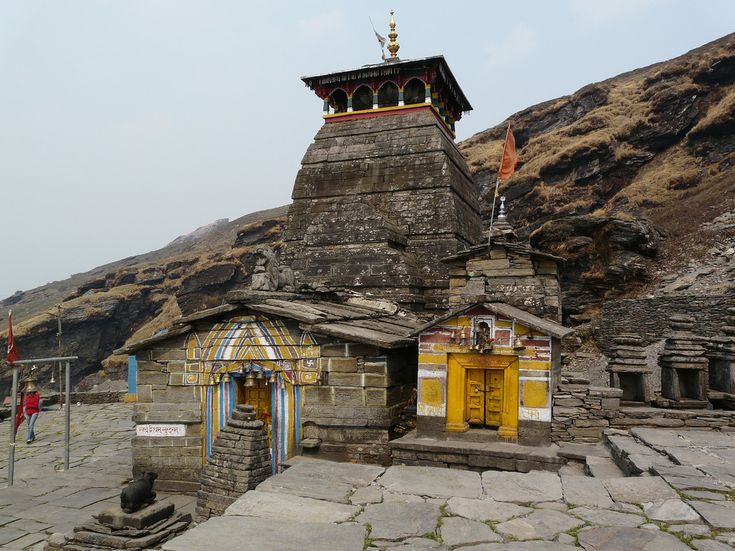
Altitude: 3,680 meters
Best Time to Visit: April to November
How to Reach: 4 km trek from Chopta
Significance: The highest Shiva temple on the planet, Tungnath is where Shiva’s arms appeared. It’s also your starting point for the jaw-dropping Chandrashila summit.
Tip: Get up early and trek to Chandrashila. When the sun rises, turning Nanda Devi and Chaukhamba peaks into a golden spectacle, you’ll feel like you’re touching the sky.
3. Rudranath – The Face
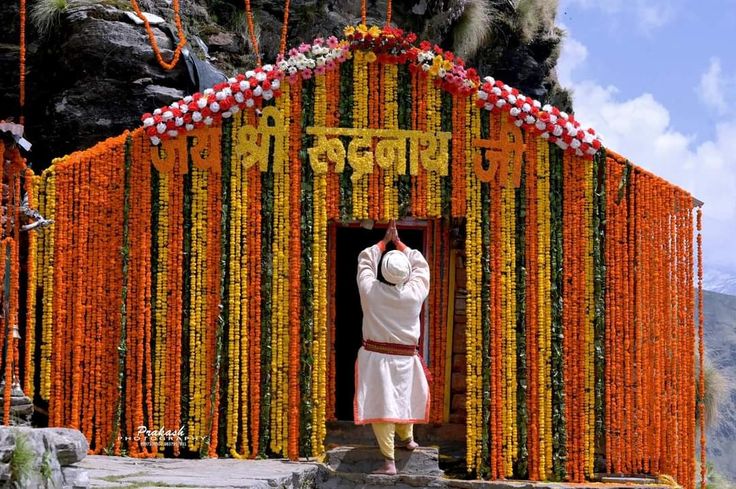
Altitude: 3,600 meters
Best Time to Visit: June to September
How to Reach: 20 km trek from Sagar village
Significance: Rudranath, where Shiva’s face is revered, is a gem surrounded by meadows bursting with rhododendrons. It’s hands-down the prettiest of the five.
Pro Insight: This trek is no joke—only seasoned hikers need apply. But sleeping under the stars in a forest clearing, with nothing but the sound of the wind, makes every blister worth it.
4. Madhyamaheshwar – The Navel

Altitude: 3,289 meters
Best Time to Visit: May to October
How to Reach: 18 km trek from Ransi village
Significance: Here, Shiva’s navel emerged, marked by a temple with striking architecture and the Chaukhamba peaks looming in the background.
Pro Tip: Crash at a village homestay nearby. The warm Garhwali meals and late-night stories about the gods make the journey feel like a homecoming.
5. Kalpeshwar – The Hair
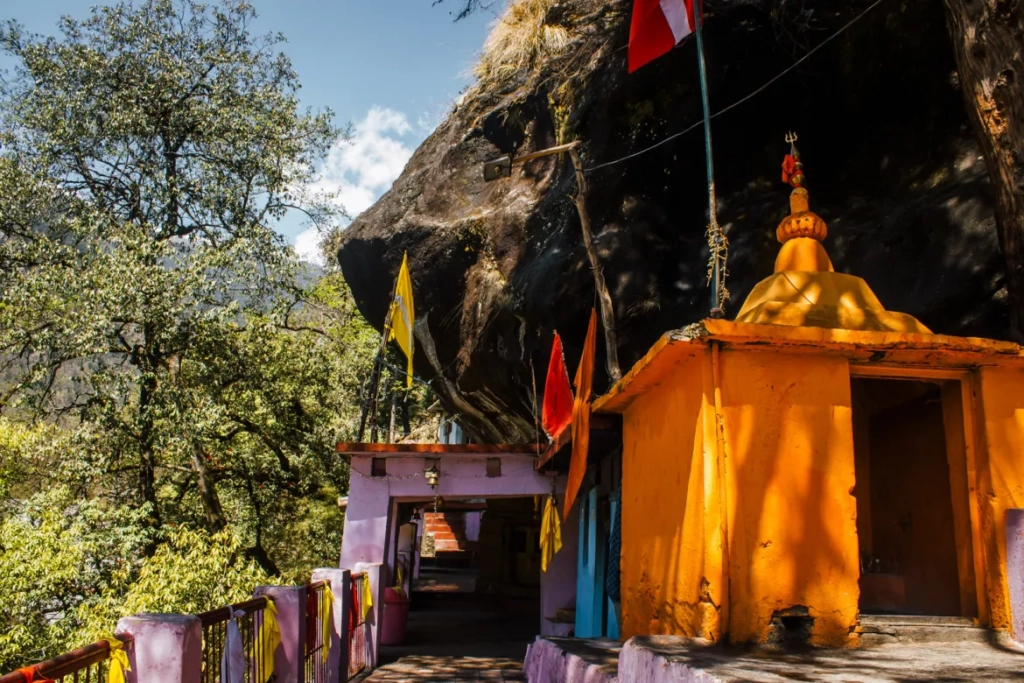
Altitude: 2,200 meters
Best Time to Visit: Open year-round
How to Reach: 10 km trek from Helang near Joshimath
Significance: Kalpeshwar, accessible all year, honors Shiva’s hair (jata). Its peaceful caves are a haven for quiet reflection.
Must-Do: Spend an hour meditating in the Kalpeshwar caves. The silence wraps around you like a warm blanket, perfect for losing yourself in thought.
Planning Your Panch Kedar Journey
Best Time to Visit
Aim for May to October to catch the best weather. Steer clear of July and August—monsoons mean landslides. Spring (April–June) paints the valleys green and keeps things cool, while autumn (September–October) brings sharp air, fewer people, and skies so clear you can see forever.
Travel Tips
- Physical Preparation: These treks aren’t a walk in the park. Build up your stamina with some hikes before you go.
- Stay Options: You’ve got simple lodges, GMVN guest houses, or village homestays that feel like family.
- Essentials: Pack warm clothes, solid trekking boots, a first-aid kit, a flashlight, and snacks to keep your energy up.
- Permits: Peek at the Uttarakhand Tourism website for the latest on permits and rules.
Safety Precautions
- Altitude Awareness: Give your body time to adjust to the high altitudes to dodge Acute Mountain Sickness (AMS).
- Solo Travel: Don’t go alone to Rudranath or Madhyamaheshwar—the trails are too tough without backup.
- Guide Services: Hire a local guide. They’ll keep you safe and share stories that bring the mountains to life.
- Phone Network: Don’t count on your phone—signal drops off after Gopeshwar and Kedarnath base.
Why Panch Kedar is More Than a Pilgrimage
Panch Kedar isn’t just about checking temples off a list. It’s a journey that stirs your soul. Kedarnath feels like penance, Kalpeshwar like peace, Rudranath like humility, Tungnath like strength, and Madhyamaheshwar like freedom. The Himalayas don’t just surround you—they teach you, quietly, about resilience, awe, and what it means to be part of something bigger.
Final Thoughts & Call to Action
If you’re the kind of person who’s not just looking for a trip but a transformation, Panch Kedar is waiting. It’s tough, it’s beautiful, and it’ll change the way you see the world—and yourself.
🧭 Ready to chase Lord Shiva’s trail through the wild Garhwal Himalayas?
📌 Drop a comment with your thoughts or dreams for this journey.
📌 Follow Destinatinguruji on Instagram and Facebook [@destinationguruji] for more travel stories and real-time updates.
🌐 For more visit my website :- exploremountains.com

